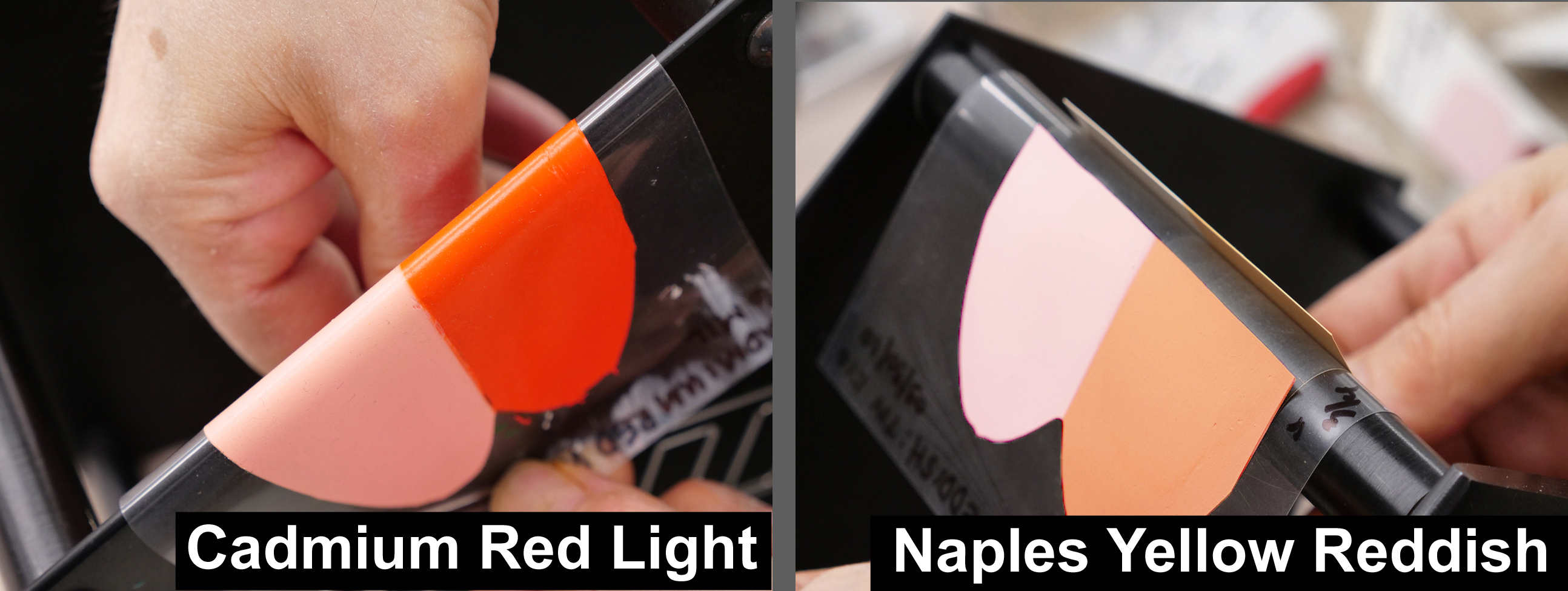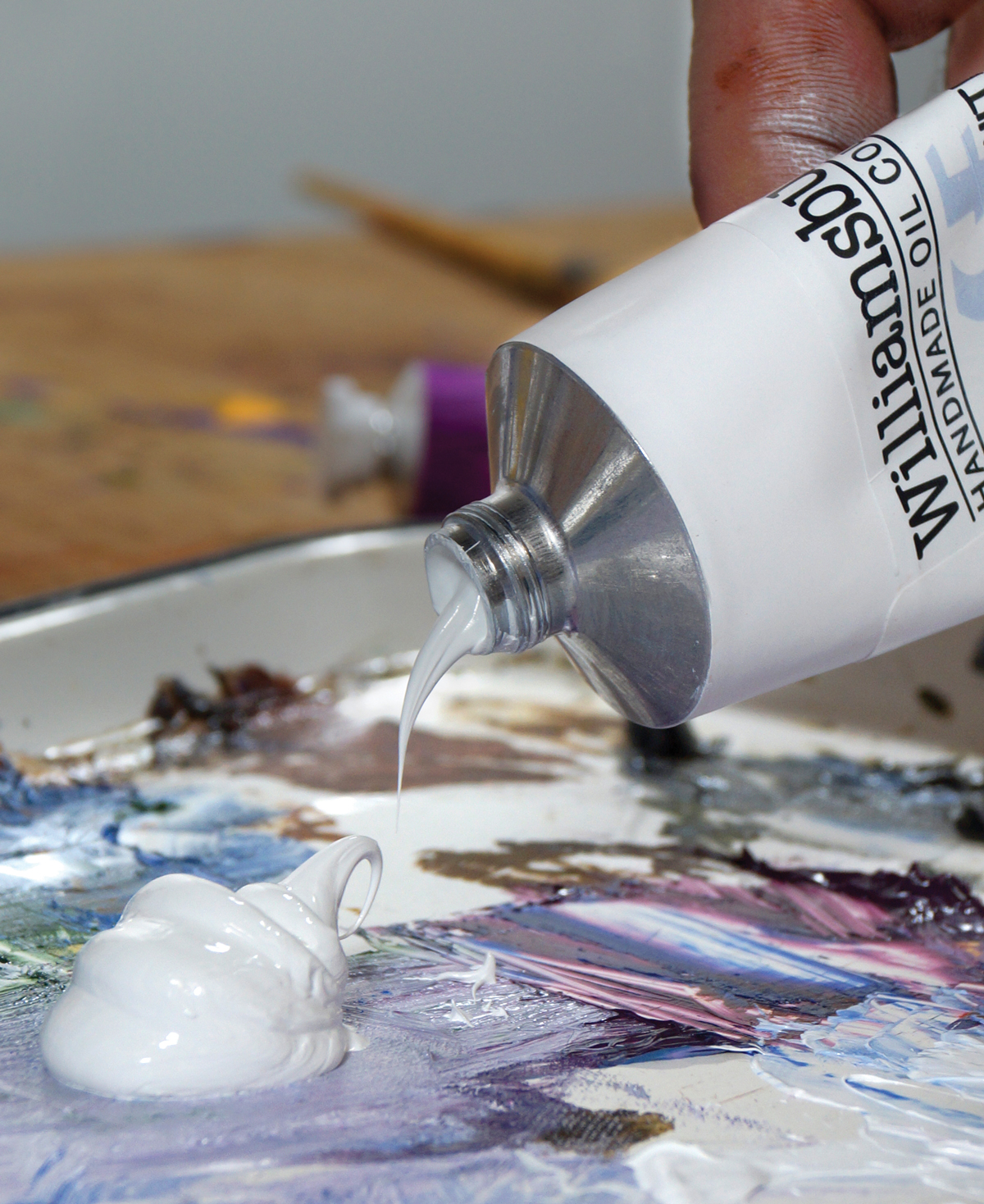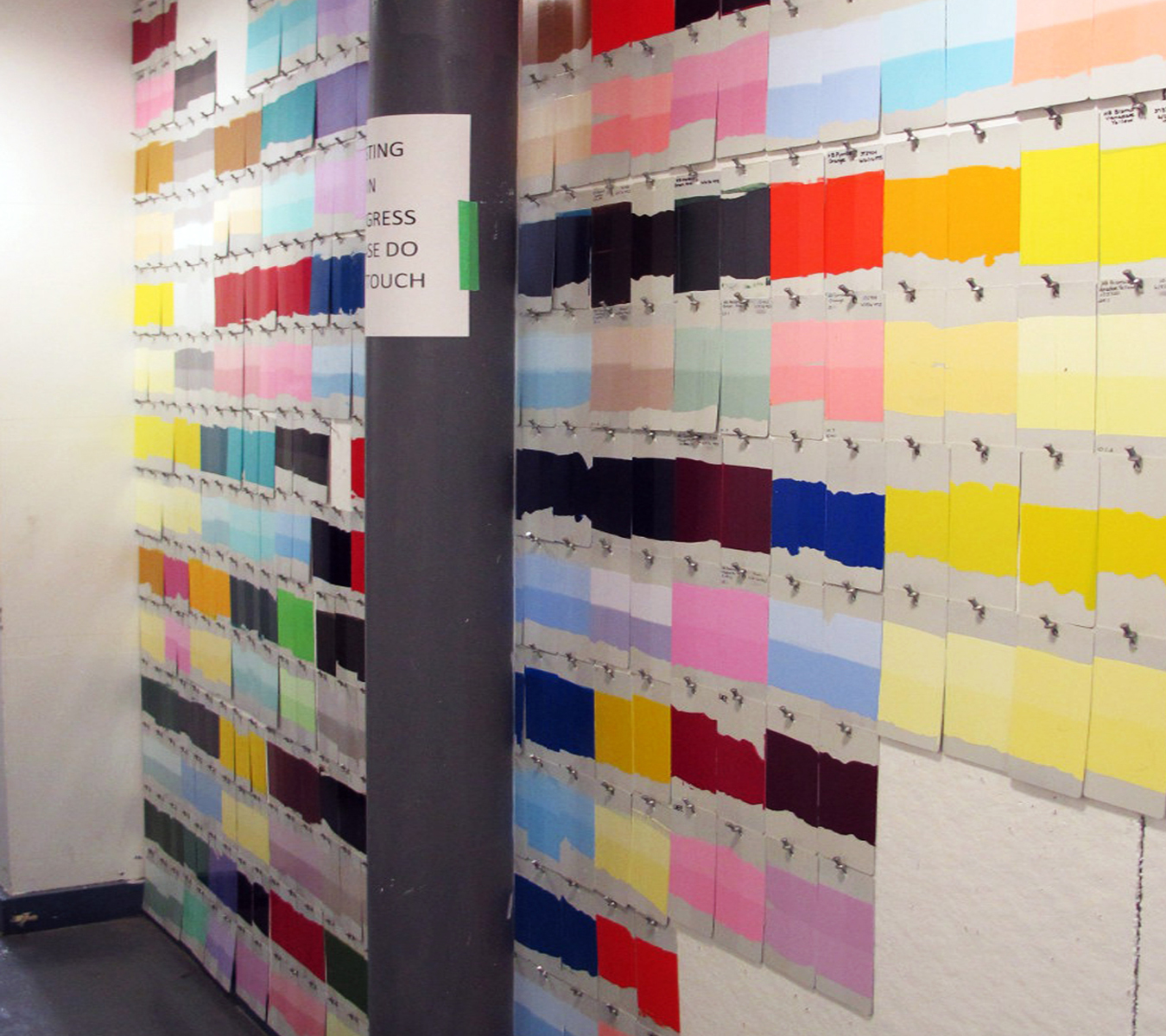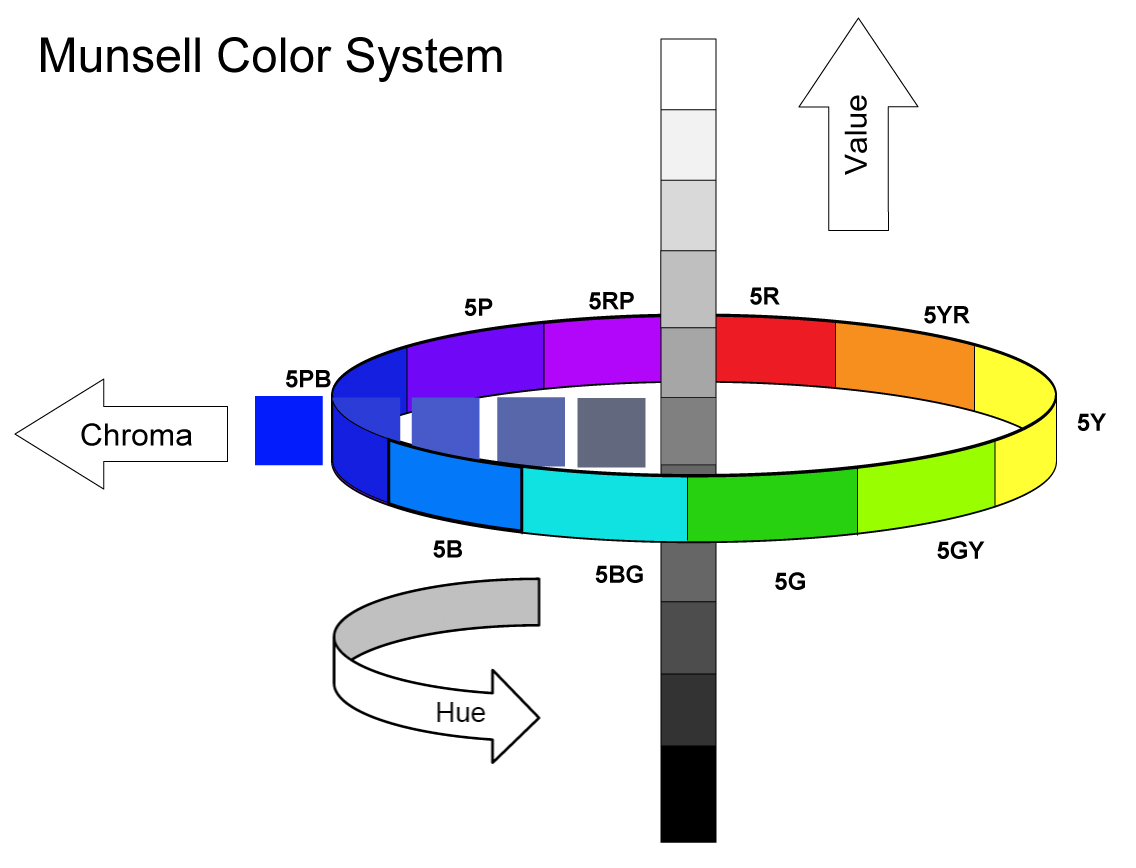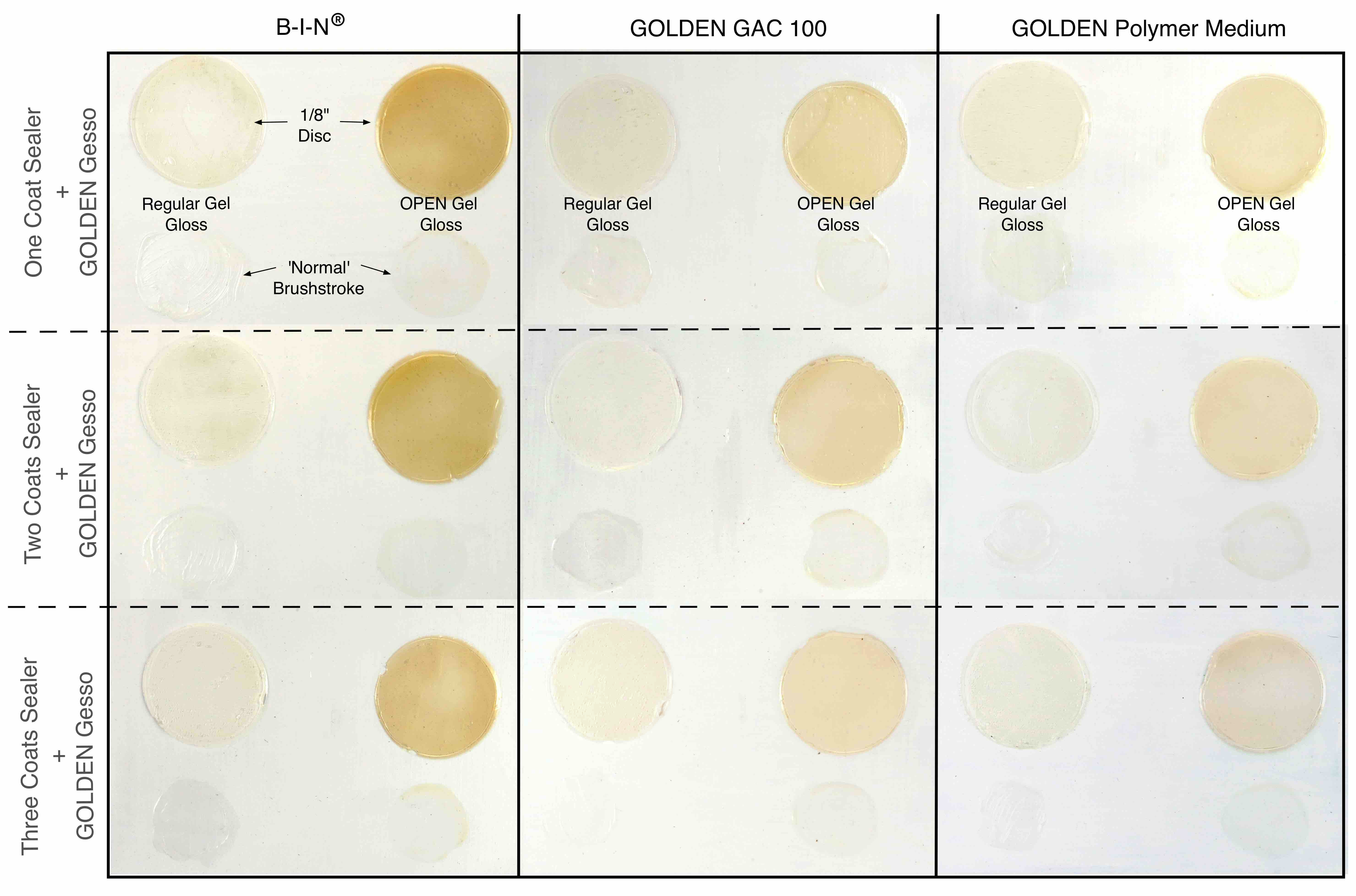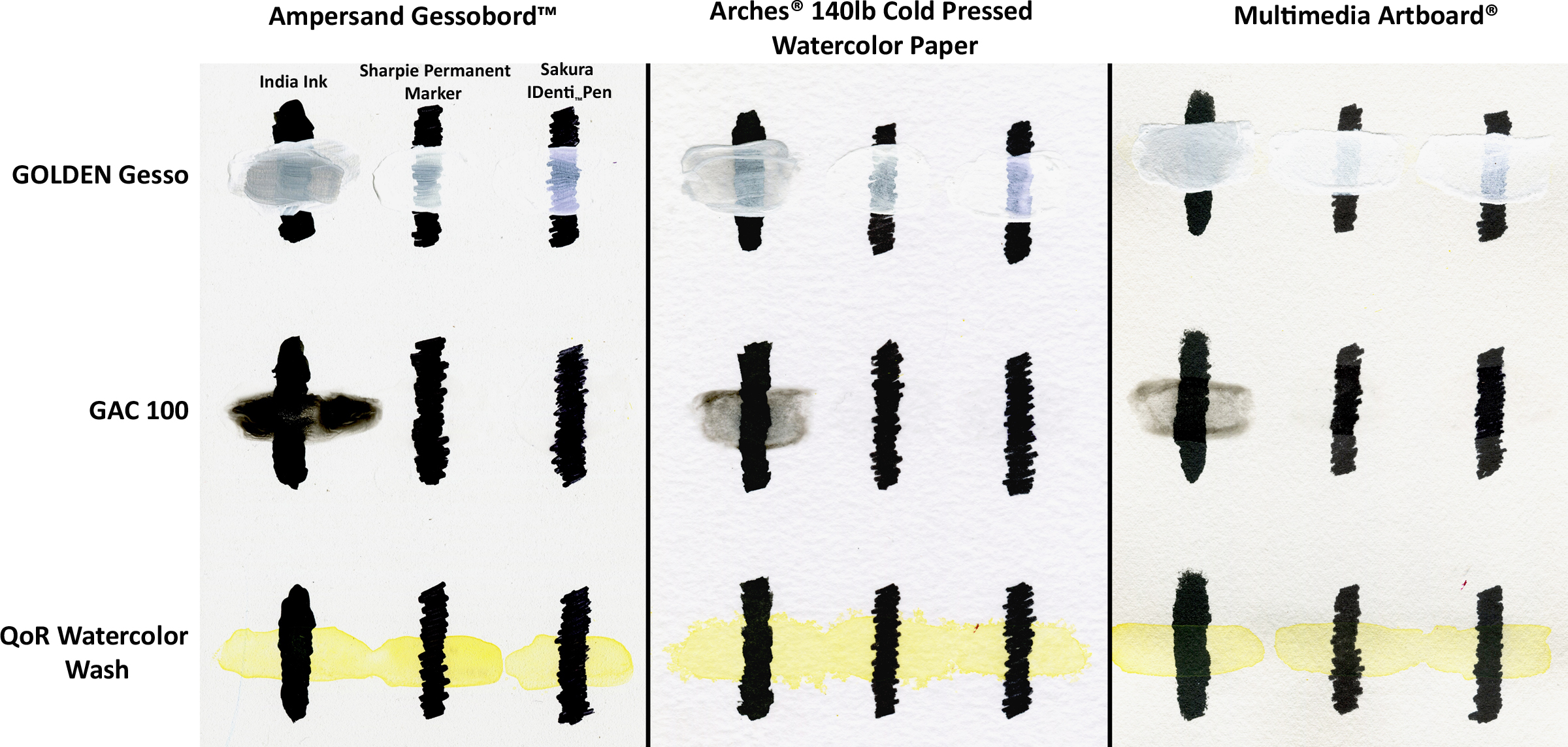Introduction This article is a companion piece to Zinc Oxide – Warnings Cautions and Best Practices, published in our print newsletter, Just Paint, Issue 35, as well as our FAQs Concerning Zinc Oxide (PW 4) in Oil Paints From the start zinc oxide has lived a double life – at turns celebrated and shunned, loathed and loved. On … Read more
Home>Uncategorized> Color> Conservation> Oils> Research > Zinc Oxide – Reviewing the Research
About Sarah Sands
View all posts by Sarah Sands --> Archive |  Sarah Sands
Sarah Sands
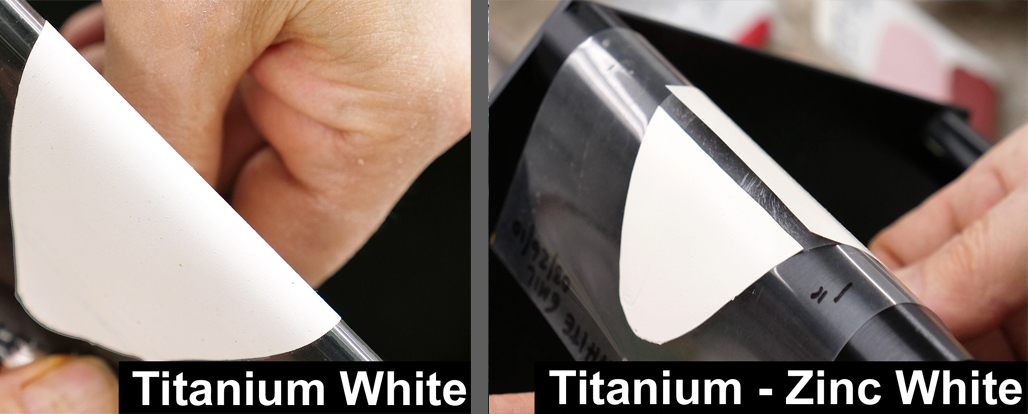
FAQs Concerning Zinc Oxide (PW 4) in Oil Paints PDF version: Zinc Oxide FAQ INDEX Zinc Oxide’s Use in the Past When did artists start using Zinc White? Why was Zinc used? What did it offer? Are older paintings containing Zinc Oxide falling apart? Why do some older paintings still look good? How Does Zinc Oxide … Read more
Introduction The use of Zinc Oxide in oils has been the focus of a lot of attention lately, especially around its potential to cause an increased rate and degree of embrittlement, cracking, and cleavage of oil paint films. Passionate positions have been staked out on all sides, while various studies have been cited and pored … Read more
While we often report on results from lightfastness testing, we have rarely paused to actually describe the process we follow. And let’s face it, for most people stating that our tests conform to ASTM D4303, Standard Test Methods for Lightfastness of Colorants Used in Artists’ Materials, does very little to fill in the blanks. In an attempt to solve … Read more
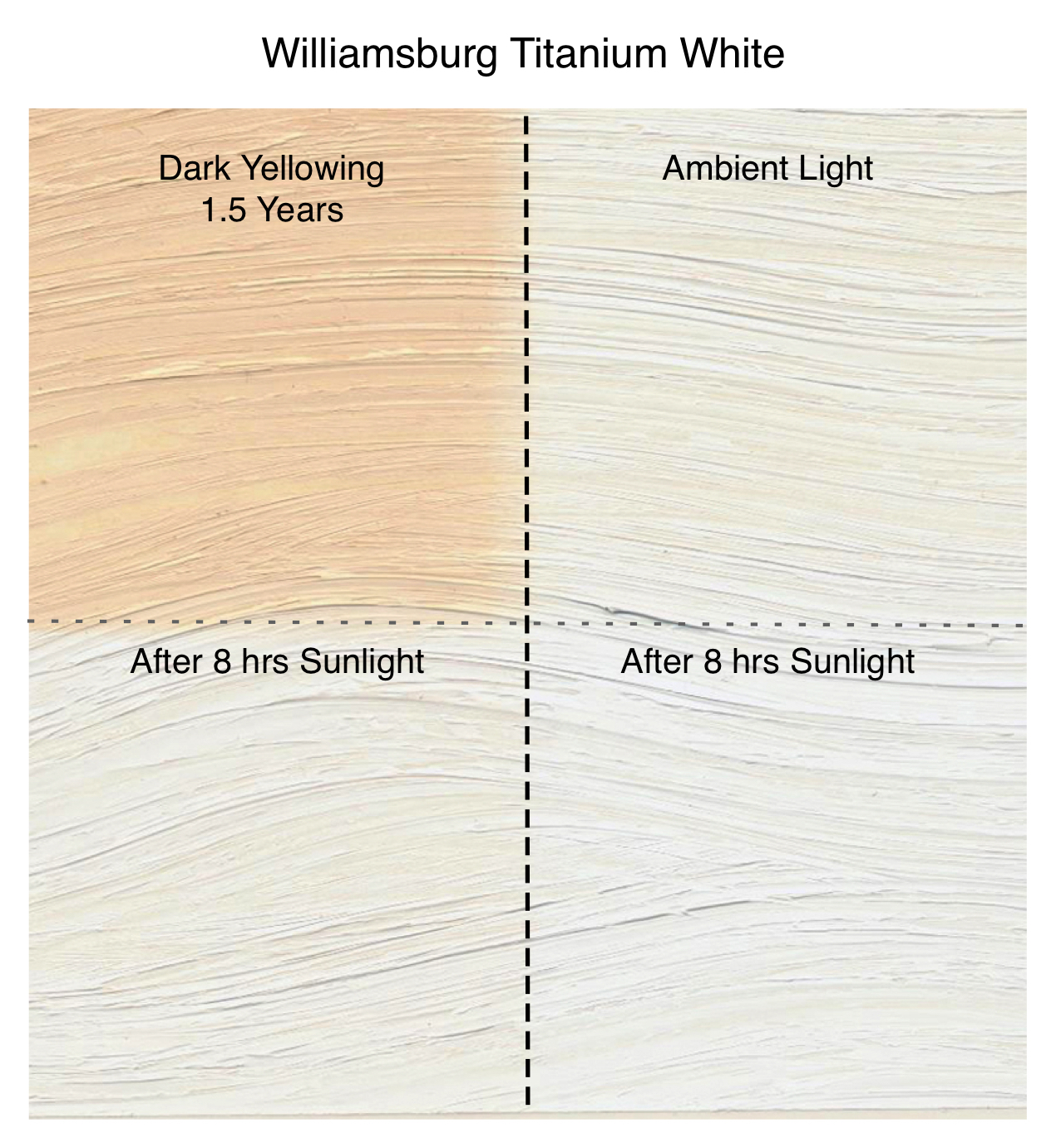
Dark yellowing is the reversible, temporary yellowing that dried oil paint undergoes when stored in the dark or subdued lighting. While noted in many historical writings, most painters remain unaware of it and become surprised or concerned when they discover it happening to their own works. Which makes sense. With no other context to go … Read more
It’s summertime and Munsell is in the air. Or at least it seems that way, given the increasing number of requests for various Munsell notations that have recently come our way. And if you happen to be new to Munsell, a widely used standard for classifying colors since its debut in 1905, not to worry – there is … Read more
In many ways this article is a continuation from an earlier one, Waterproof India Inks and Shellac-based Primers, which focused mostly on the alkaline sensitivity of shellac-based india inks when used with acrylics. However, towards the end of the article we briefly looked at Zinsser’s B-I-N®, a common pigmented shellac primer, to see if it had similar … Read more
Mention a well-known pigment like Ultramarine or Cobalt Blue, and we instantly picture a very particular and unwavering color. And why not – it is easy to think of pigments as having characteristics that remain constant as one moves between different mediums such as acrylics, oils or watercolors. Even if we accept that the handling … Read more
We all get tripped up and surprised sometimes. Even the simplest description can set in motion assumptions that lead us to expect one thing only to be sitting there, moments later, head slightly tilted, a quizzical glance showing equal parts frustration and fascination. Which is where we found ourselves a few years back when testing a variety of … Read more
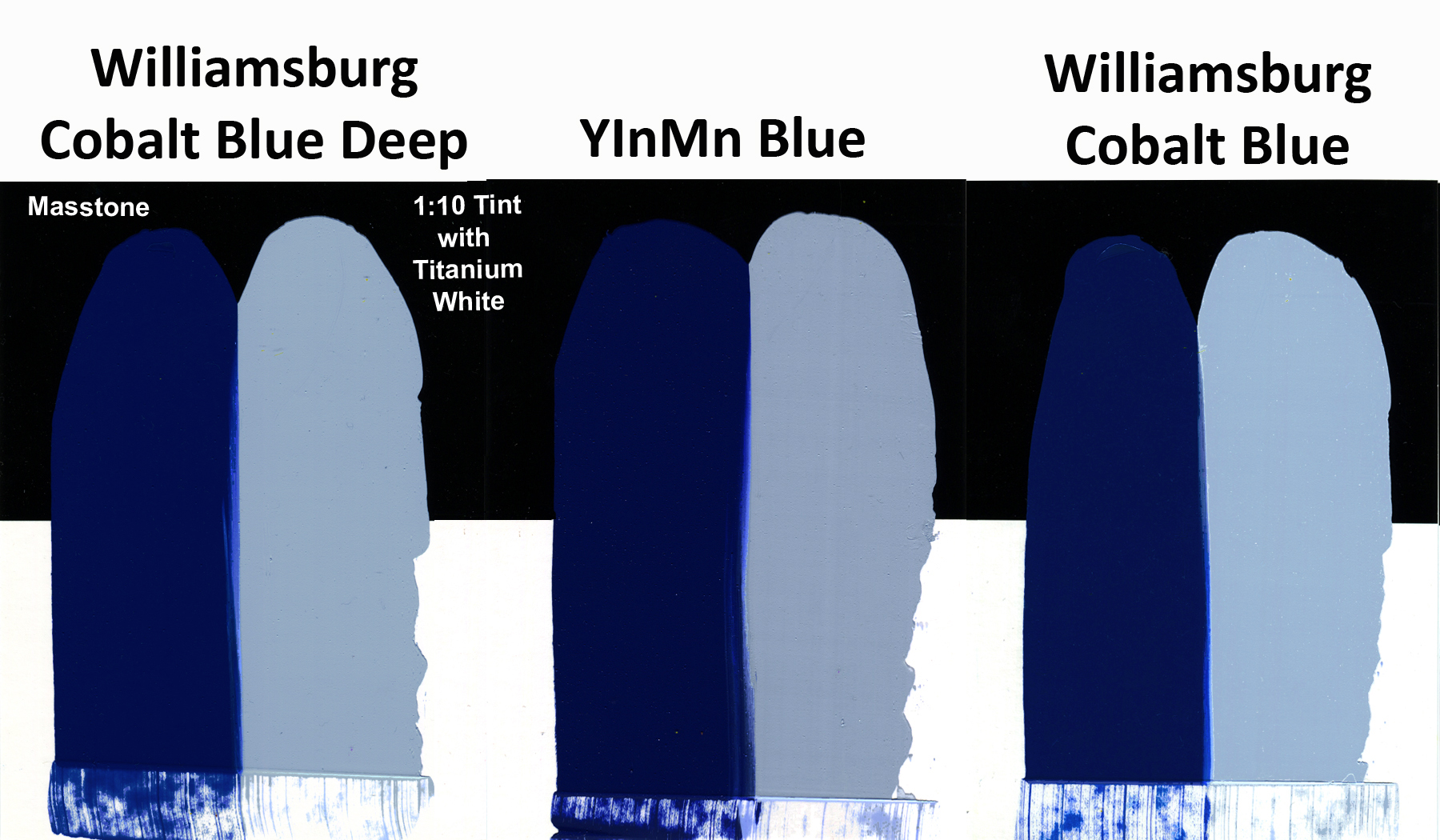
Editor’s Note 3/8/21 With YInMn Blue having been out for a while now, and with a lot of questions received and answered since this piece was published, we wanted to briefly provide an update: As noted in the article, the pigment has some unique strengths, being considered extremely lightfast, durable, and chemically resistant, as well … Read more

